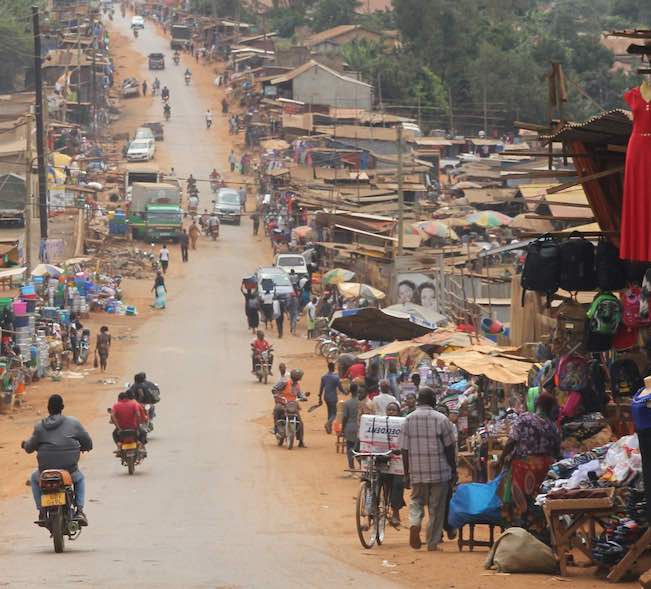While in the United States disruptive technologies continuously drive change in financial markets, making them increasingly efficient, finance in other parts of the world including financial transactions, insurance and savings work entirely differently than we know it. But how does finance function in some of the poorest regions of the world? What technologies are used there? What are the differences in the financial ecosystem?
More importantly, we should ask the question: can technologies which are already developed be used to drive change in regions of the world where they are not currently utilized? What if an information barrier is preventing real change? What if technologies are out there but they are not used only because they are unknown to the population? The US based nonprofit TEL was built on exactly that idea: to serve as a bridge between technology developers and communities in need by driving the adoption of innovative, cost-effective, and sustainable solutions that improve the lives of the least economically advantaged members of society around the world.
This case study will attempt to answer those questions while focusing on the Financial Services industry in Uganda, one of the poorest countries in sub-saharan Africa. It will provide an overview of Uganda and its financial ecosystem and will identify key challenges and needs. Afterwards a technology solution for each of the following fields – digital payments, lending, saving, insurance and retirement – will be recommended. Furthermore, evaluation criteria will be presented to make an informed selection out of all the available Fintech solutions. Lastly a conclusion with recommendations on the concentration of future efforts will be provided.





